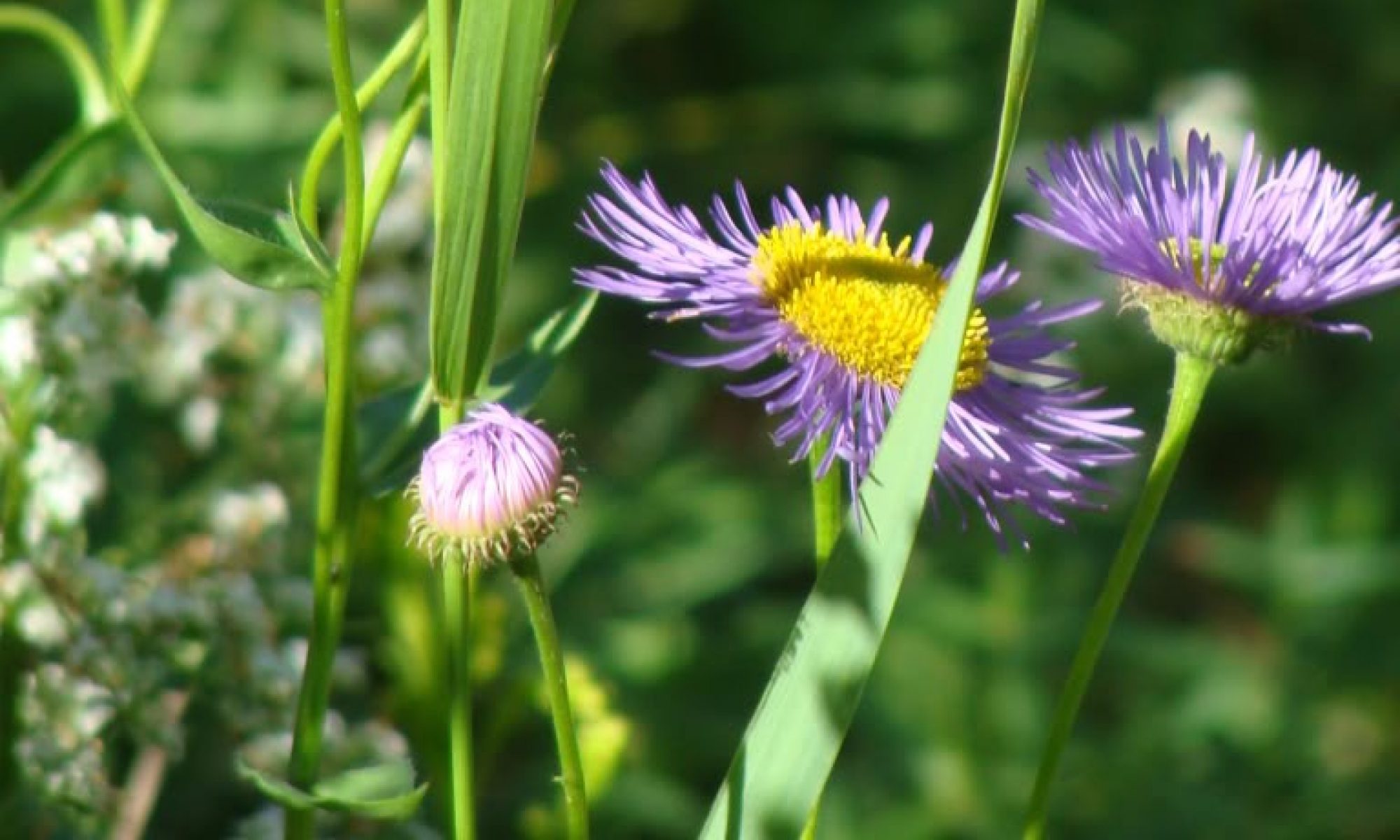In my last post I mentioned that I emailed the City of Seattle Parks and Recreation Department and assumed I would not hear back from them. Shame on me for assuming! Instead, by mid-week, I had received a very thoughtful and helpful response from one Eric Sterner, a plant ecologist who is part of the City’s “Green Seattle Partnership.” It turns out Seattle already has a program designed to do just what I was offering: allow volunteers (Forest Stewards) to take the lead on restoring specifically identified City properties. Happily, the Amy Yee Tennis Center property is identified as one of those available properties.

The program trains Forest Stewards and then Green Partnership employees work with those Stewards to help them plan the space, procure plants, tools, and mulch. The Forest Steward is required to hold four volunteer restoration events at the site each year and to do two walk-throughs each year to help ensure the plans are appropriate and the program is working for all concerned.
I immediately let Eric know that I’d like to be a Forest Steward. The only drawback for me is the timing. With COVID, the Forest Steward training dates have not been set; it is possible it won’t be until fall that there is an orientation training I can attend.
Well, I can’t wait until fall to get started on my restoration efforts. Using the plant list and guidance in this guide I will start planning what the Amy Yee property might end up looking like and hopefully, the Green Partnership employees will help by guiding and approving those plans early on. I will prioritize the strips of land next to the outdoor courts as the starting point and build from there. Those strips seem fairly easy to convert since they only have grasses in them and a few other plants.
The number of plants it will take to fully plant that large area is staggering. I want to start some seedlings now that will be ready by autumn to plant.

Originally, I was planning on dumping all of the above seeds in a tennis ball can with seed starting mix and use them as my guerilla gardening seed mix. However, now that I know three is potential that I can legitimately take over the Amy Yee site with native plants, I will work on starting some of the perennial seeds here at home so they will be ready for planting out in the autumn. I’ll put the annual seeds in my Seattle native guerilla gardening mix and will plan to test my new bulb planter method next week.

It turns out my ghost gardening, or guerilla gardening, is an established activity–it even has a Wikipedia page! Gardening on land you have no claim to appears to be popular for food growing, but there are also some native restoration guerillas out there–there is a seed mix on Etsy designed for guerilla gardening! It doesn’t specify what area the plants are actually native to–and I am trying to be fairly strict utilizing locally native plants, but I was happy to see it there. This seems like a fun movement to grow locally here, so I’ll be thinking about how I can do that.





































